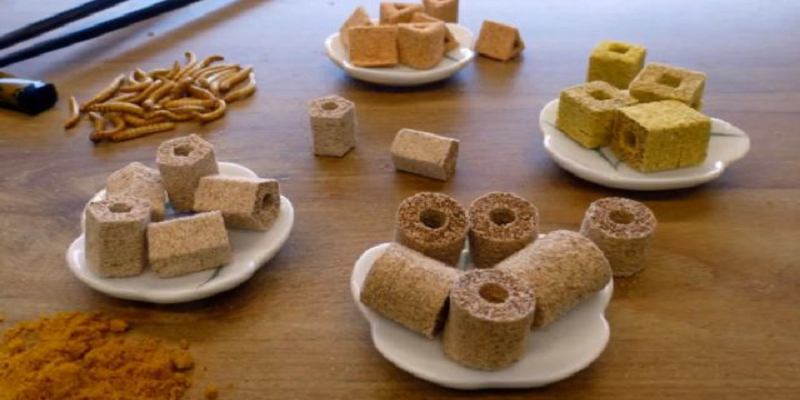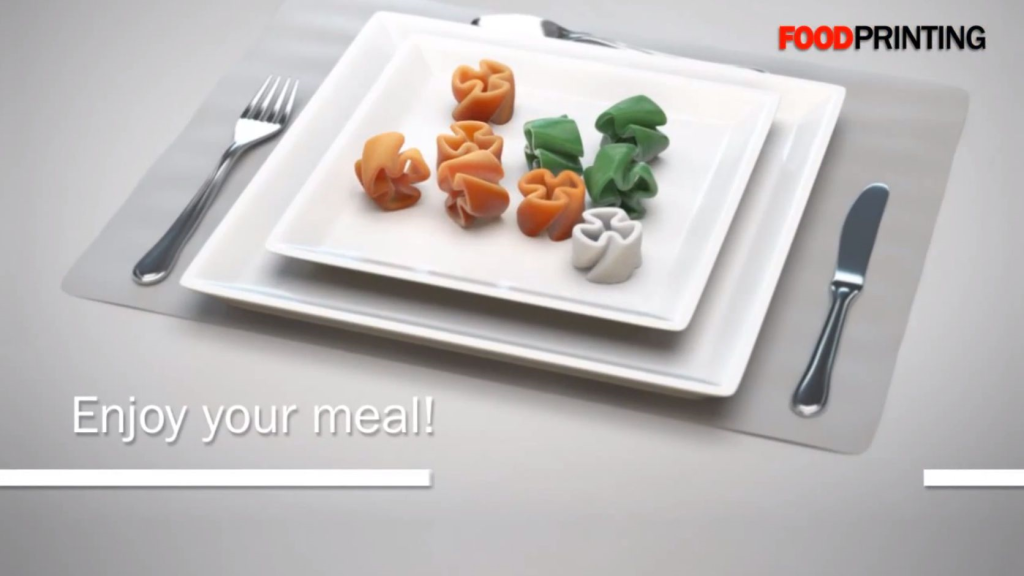Of all the 3D printing applications, a difficult one for people to stomach is one that affects the stomach. I am talking about 3D printed food. Why the controversy? In the past decades there’s been a growing awareness of the health limitations of industrial food production. Not only has fast food received a bad rap, due to popular documentaries like Morgan Spurlock’s “Super Size Me,” but the “slow food movement” challenges how we relate to food preparation. Author Michael Pollan’s books — The Omnivore’s Dilemma, In Defense of Food, and Food Rules — have had a big influence on people’s food behaviors. He tells us to slow down, eat mostly plants, and my personal favorite: “Don’t eat anything your great grandmother wouldn’t recognize as food.” If you take this rule to heart, what is the true future of 3D printed food?
“I think, and many economists think, that current food systems can’t supply 12 billion people sufficiently. So we eventually have to change our perception of what we see as food.”
Because the population argument rests on speculation with too many external variables (for example, we would have to solve the digital divide for all people in order to introduce 3D printing) perhaps it will do Contractor well to stick to the niche market strategy for his vision of 3D printed food: outer space. His NASA grant is intended for a system that can print food for astronauts, and no worries in this department if you like mealworm, which is the major ingredient in the space breakfast food below.
Contractor has long-distance space travel food issues covered. He states:
“Long distance space travel requires 15-plus years of shelf life. The way we are working on it is, all the carbs, proteins and macro and micro nutrients are in powder form. We take moisture out, and in that form it will last maybe 30 years.”
Still not finding this appetizing? Well, you may be drawn to the idea that all of Contractor’s creations will be open-source: the second generation RepRap 3D printer is the inspiration for his own food printing machine. Now if we can only wrap our minds, and stomachs, around the “alternative ingredients” that are said to constitute the “food-like starting material” that has been outlined by Dutch holding company TNO, which owns many tech firms.
Do you think your great grandmother would recognize food 3D printed from algae, duckweed, beet leaves, or insects? Probably not! In a space context, Martian pizza might make sense, but the verdict is still out on whether it will be Martian pizza for the masses — whether we like it or not. Tell us your thoughts in the 3D Printed Space Food forum over at 3DPB.com.
[Source: Quartz]
